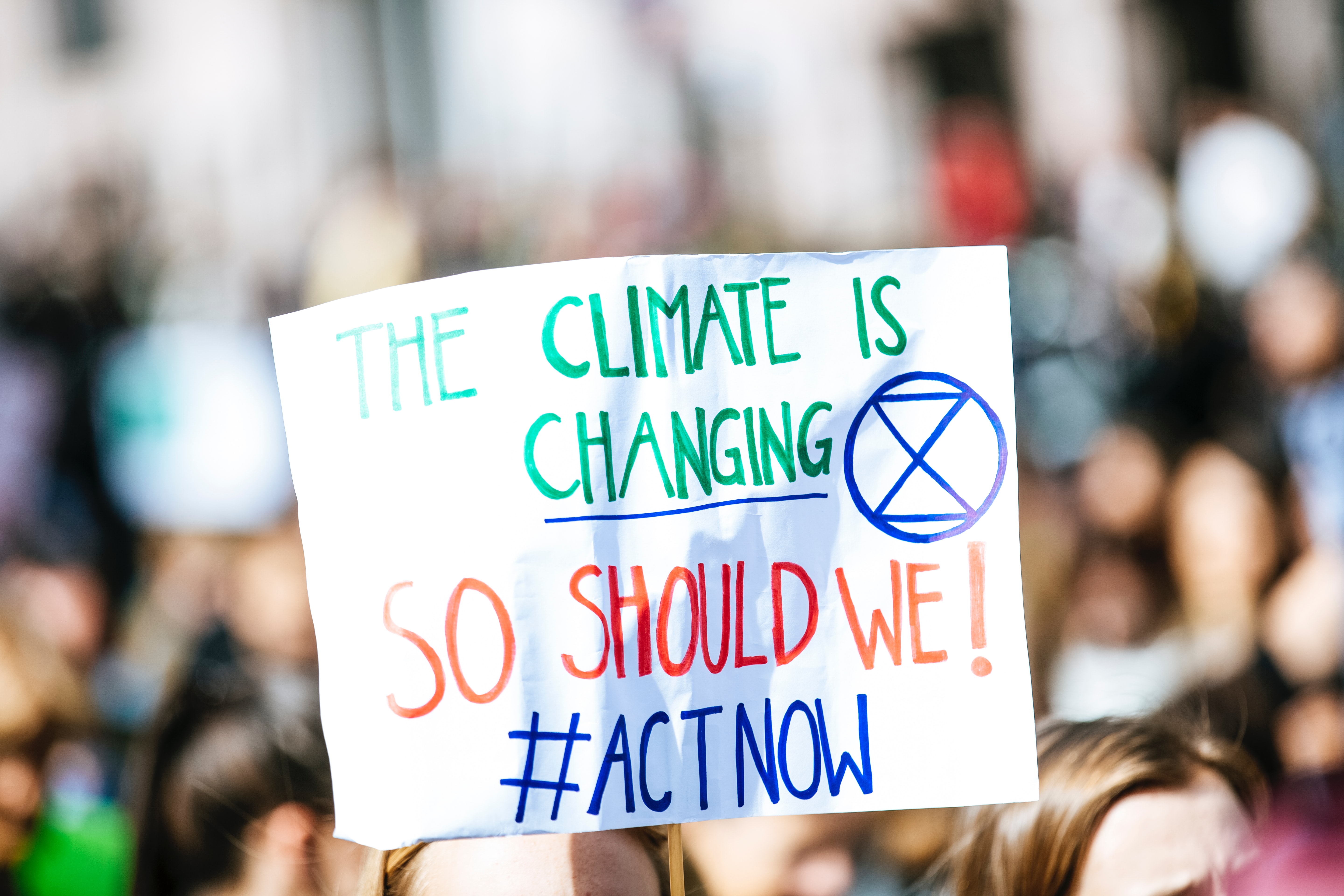News release
From:
Climate change: Immediate emissions cuts needed to avoid further warming
There is a 42% probability that the world may already be committed to at least 1.5 oC of warming relative to pre-industrial temperatures, even if emissions are halted immediately, according to a modelling study published in Nature Climate Change. This probability rises to 66%, however, if emissions are not cut until 2029, emphasizing the need for immediate action to avoid committing to peak levels of warming.
The atmospheric lifetime of greenhouse gases dictates the longevity of their impact after emissions are ceased. Therefore, an understanding of the unrealized warming that will take place due to past emissions is needed in order to assess the likelihood of limiting global warming to the targets set in the Paris Agreement.
Michele Dvorak and colleagues use an emissions-based climate model to understand committed warming — the knock-on effect of previously emitted greenhouse gases — under current, as well as alternative, emissions mitigation pathways (the Shared Socioeconomic Pathways (SSPs) as used in the IPCC AR6 report) between 2021 and 2080. The authors reveal that if emissions were halted immediately, there is still a 42% probability that the world will be committed to exceeding 1.5oC of warming, however only a 2% probability that warming will exceed 2 oC. Leaving emissions cuts until 2029 — under a SSP2–4.5 scenario in which carbon emissions remain high until the middle of the century before starting to decline — increases the probability of commitment to 1.5 oC of warming to 66%. This probability is mirrored in predictions between the years 2027 and 2032, across all emissions scenarios. For SSP2–4.5 scenarios, the world is predicted to reach the levels for committed warming four to six years before those temperatures will be experienced.
This research highlights the need for urgent mitigation to avoid committing to higher levels of warming and other associated changes in the climate system in the future.



 International
International


